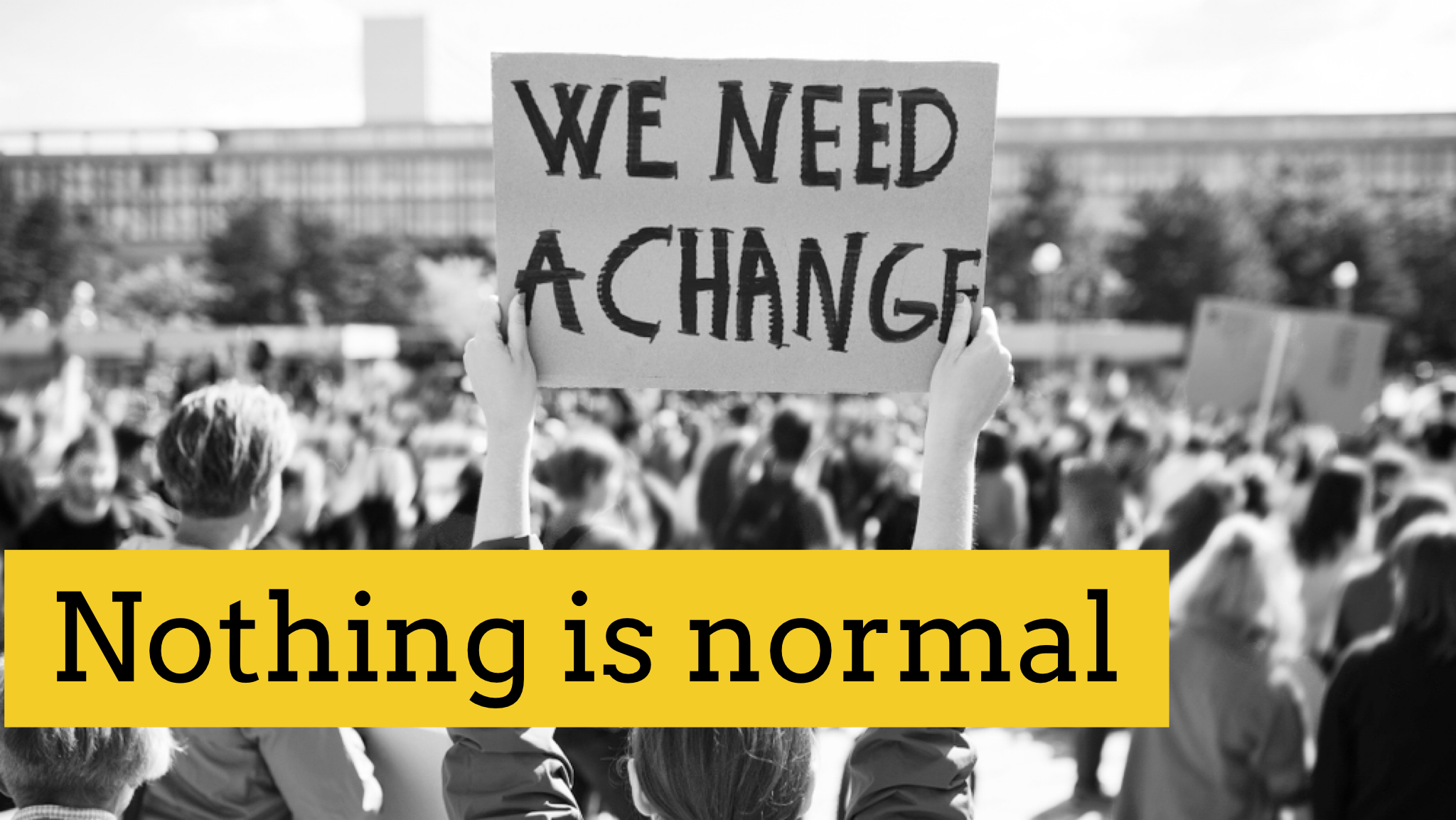
By now you’ve received tens if not hundreds of emails using terms like “unprecedented,” “extraordinary,” “trying,” and “new normal.” It’s clear that things aren’t normal right now. Not for you. Not for me. And not for the people we lead.
Nothing is typical, routine, or normal.
So why are we leading people like we always do?
- Are you running staff meetings at the same time, as always?
- Do you have goals and KPIs that you’re measuring, as always?
- Are you running your marketing campaigns, as scheduled?
In the first couple weeks of the call to shelter in place, I noticed I was trying to do everything like normal, even though I knew nothing was normal.
I caught myself. I made changes. I have less meetings on the calendar. I’ve talked with my team about goals and KPIs. I’ve paused some campaigns.
Nothing is typical, routine, or normal.
So our leadership strategies need to change.
Here are three changes I’ve made that might be helpful to you.
1. Less & Shorter Meetings
The reality is that attention spans change when people are under stress. Most teams don’t work in an emergency room. They’re not trained to deal with constant stress. And trust me, they’re under constant stress.
- Every single team member knows someone who has lost their job.
- At least one member of your team may be a parent of a toddler and isn’t used to juggling home care and work.
- Every single team member is struggling to get food and supplies on a regular basis.
When folks are stressed, they will struggle to concentrate. That’s even more the case when they’re sitting in a meeting wondering why they’re there. So those big meetings with a lot of people? They’re a complete waste of time. Today I held a meeting with ten or so people. My only focus was to tell each one how they fit into the puzzle of what the near-term goals were. More on that in a second. But it was a simple pattern and a simple agenda and we were done in just a few minutes.
2. Articulate & Explicit Assignments
Given that everyone is stressed and attention spans are low, I can’t tell broad stories and hope that people can extrapolate what they need to from my tales. I can’t expect that my team will determine, from whatever I’ve said, how they need to act from there. So it’s my job to be articulate and explicit. “Bill, I need you to do XX, and focus on YY right now. That’s it.”
If you listen to how communication works in an ER, you’ll find it fascinating (assuming you’re not the one on the gurney). A 2015 study highlighted the keys to successful communication in the ER:
- Acknowledge & introduce the new faces
- Be direct and clear
- Seek clarification
- Partner & teach
The biggest lesson for me is the “be direct and clear.” It’s my job to make sure that I’m shifting from abstract lessons to detailed specificity to eliminate burden and confusion when people are under stress.
3. Shift from Professional to Personal
Work is normally where we talk about work. It’s where we focus on what has to get done. And as a result, we don’t end up talking a lot about what’s going on outside of work. Additionally, right now with the conditions we’re in, there’s a lot less happening outside of work. So now is the time to bring it inside. Now is the time to ask which shows people are watching. Now is the time to explore Zoom backgrounds. Now is the time to connect with people less as employees and more as people.
What the research says is pretty simple. If someone can say they have a best friend at work, they’re more likely to perform better. And stay longer.
These three changes aren’t radical. But they are helpful. Just like saying, “have empathy,” “be encouraging,” “give people space to mess up and make sure they know it’s ok.” It turns out these practices are using in everyday life, as well as in times that aren’t normal.
Nothing is typical, routine, or normal.
So this is the time to lead in the best way we know how.